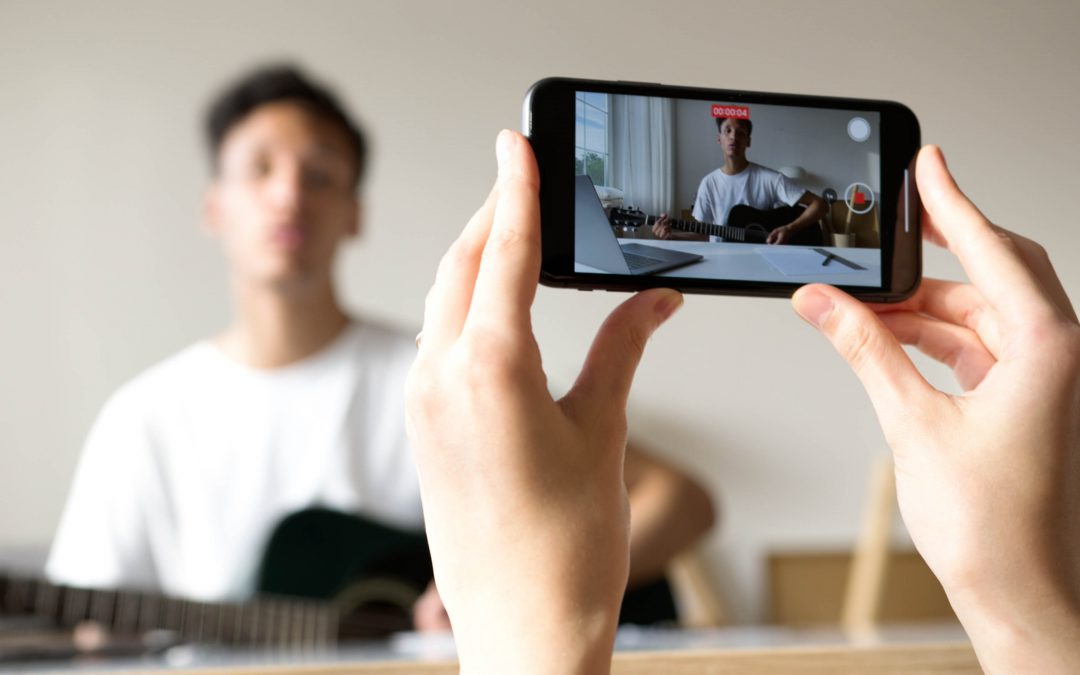We all know that teens and tweens watch YouTube influencers, but how much influence do they really have? More than one might think. For example, Company magazine saw an 87% increase in traffic to their website after Zoella, a popular YouTuber, appeared on the cover. Zoella’s cover story brought in more traffic than typical celebrity interviews with people such as Demi Lovato. According to the Pew Research Center, 85% of teens use YouTube. That’s more than any other social media site. YouTubers are popular because they create their own unique content, interact more with their audiences, and seem like regular people. But what’s the connection between YouTube and student media literacy?
Content Variety and Creativity
YouTube offers a variety of genres that can meet anyone’s interests. Beauty vloggers (video bloggers), for instance, discuss makeup brands, tips and tricks. Gaming YouTubers stream themselves playing video games. Some YouTubers even create short films, host talk shows, and film vlogs (video blogs) of their day.
YouTube allows anyone to create content. Those who tailor videos to their target audience get more subscribers – and more endorsement deals. Companies often send popular YouTubers free products in exchange for screen time and endorsements. However, students may struggle to realize that they’re watching advertisements due to underdeveloped media literacy skills. An article in the Journal of Advertising explains that children have a hard time identifying advertisements embedded in organic content, like YouTube videos. Therefore, according to an article in The Conversation, children may interpret “paid advertising content, vloggers’ own-brand merchandise, or free products ‘gifted’ by brands” as an organic part of the video, not as marketing.
Audience/Fan Participation
YouTubers tend to develop connections to their audience. Often, the YouTuber asks their viewers to post what they liked or didn’t like in the comment section of the video. Occasionally, they take these comments into consideration for future content. Some YouTubers will even send out requests on other social media sites, like Twitter, for questions their audience would like them to answer. This especially allows the audience to feel like they are connected with a specific YouTuber. It also creates another reason why students may not recognize content on YouTube as marketing. An article in The Conversation notes that this is in part due to the way audiences relate to YouTubers. When asked, followers described Zoella as “a sister or a best friend.” As such, they didn’t see her as “a celebrity endorser or marketer.”
YouTube As a Tool for Teaching Media Literacy
Ironically, YouTube is one of the best tools for teaching media literacy. On the platform, teachers can find instructive videos appropriate for a wide range of age groups. For example, Hank Green’s popular Crash Course channel offers a multi-video introduction to media literacy perfect for older students. This animated video by Simone Wagner beautifully presents the basics of media literacy. Additionally, Common Sense Media’s “5 Essential Media Literacy Questions for Kids” can form the basis of a successful assignment or exercise.
Of course, it’s essential that schools ensure students are safe online at all times. Though YouTube does have a restricted mode, it’s easily bypassed; so too are school content filters. Screen monitoring software, like LearnSafe, works hand-in-hand with restrictions and filters to protect students while learning online. LearnSafe can detect student access to pornography and other harmful material. Moreover, it can also detect instances of cyberbullying and grooming, keeping students safe while they’re still developing their media literacy skills.


